A Colonial Past, a Strategic Future: France’s Return to Vietnam
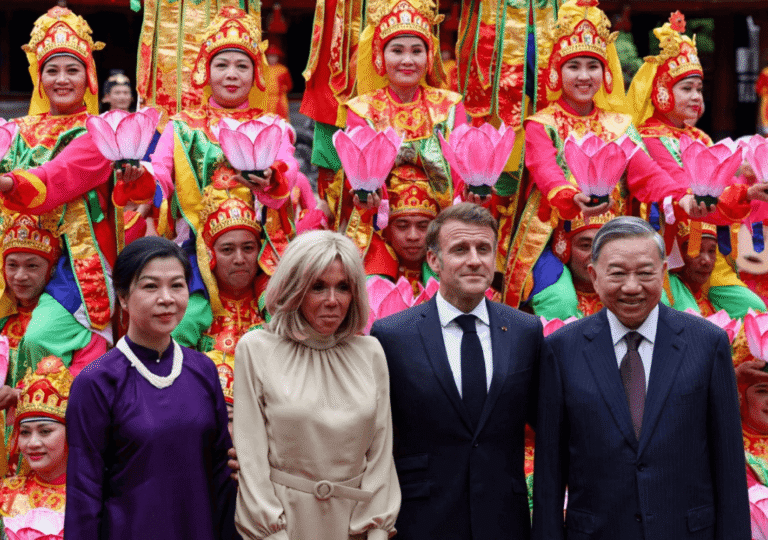
As Vietnam navigates the U.S.-China rivalry, could deeper ties with France offer a stable "Third Way" in trade, defense, and strategic cooperation?

As Vietnam navigates the U.S.-China rivalry, could deeper ties with France offer a stable "Third Way" in trade, defense, and strategic cooperation?
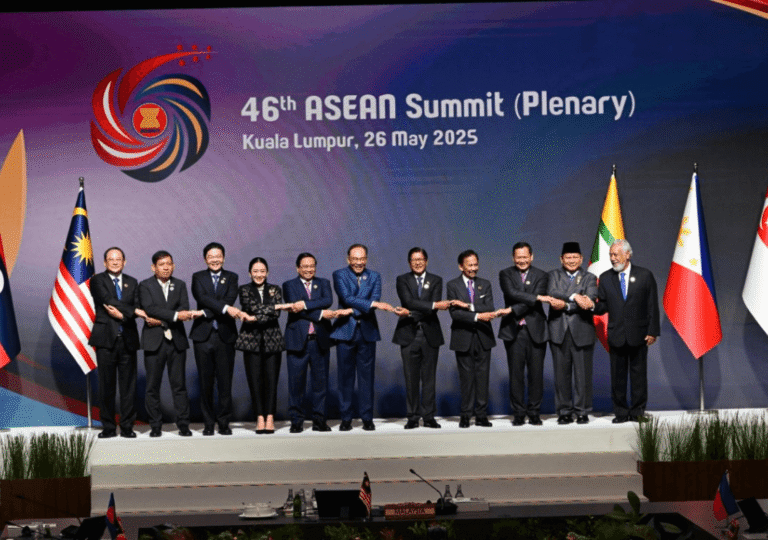
Southeast Asian nations are seeking a unified meeting with Trump to address U.S. tariffs while pushing for greater regional integration. Can ASEAN overcome internal differences to act as one?
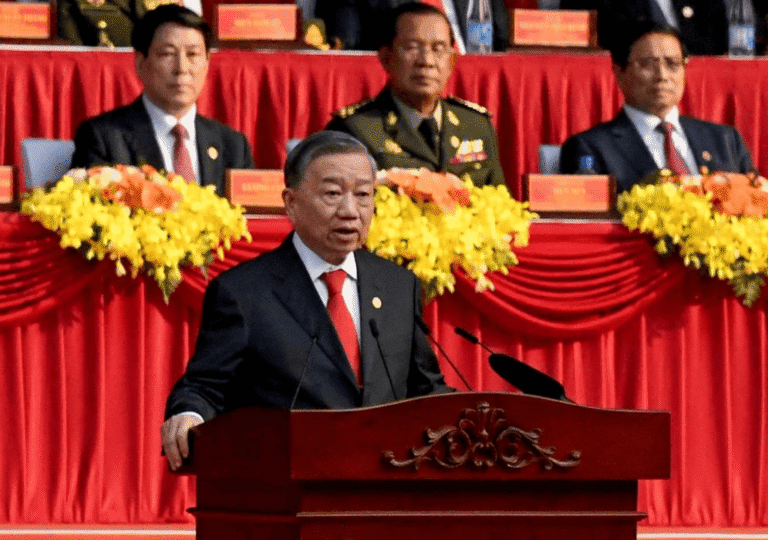
Vietnam reform marks a major shift in governance, with sweeping cuts to bureaucracy and a push for centralized control aimed at boosting efficiency and long-term economic resilience.
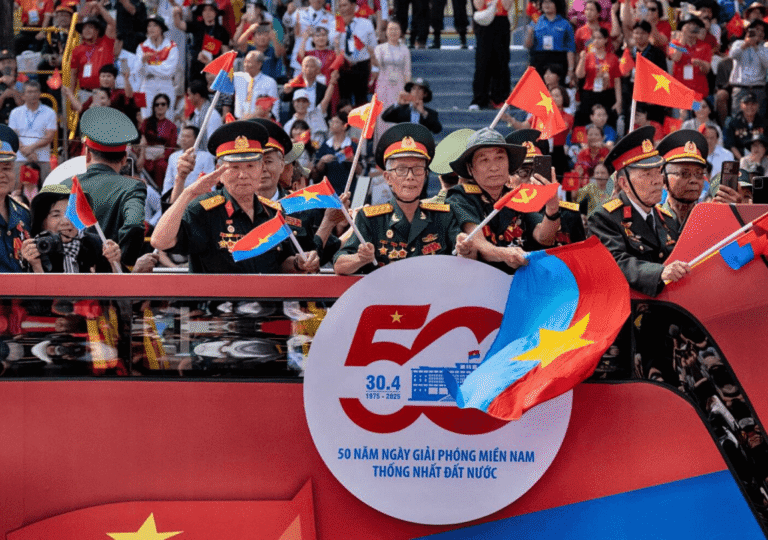
Explore Vietnam's evolving role in global geopolitics fifty years after the end of the war. Discover how the nation navigates shifting alliances and emerging challenges in the 21st century.
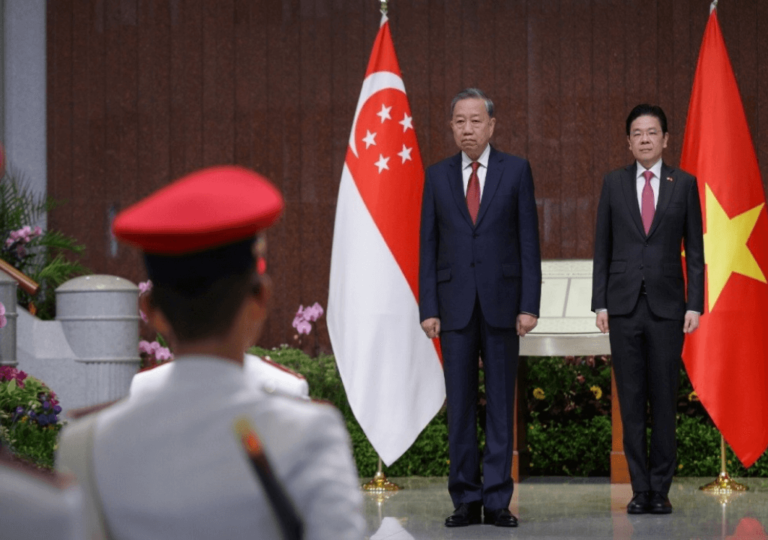
As regional tensions rise, Singapore and Vietnam are strengthening their diplomatic and economic partnership, fostering greater cooperation in Southeast Asia
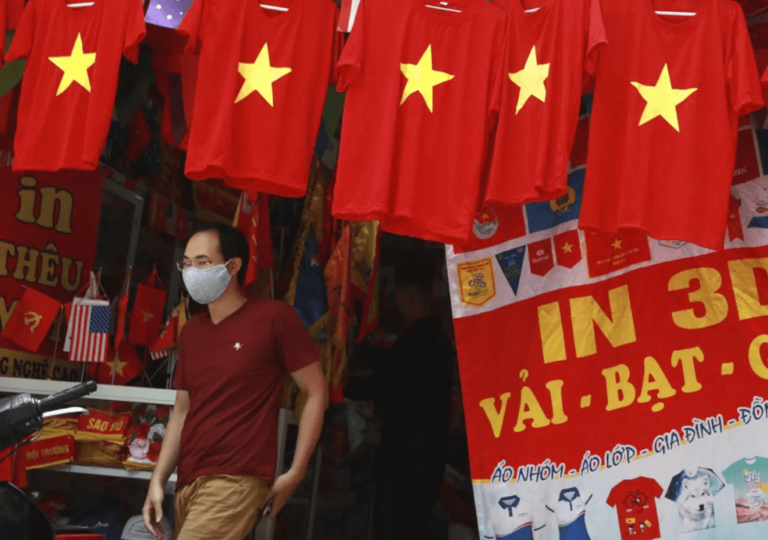
Vietnam, long affected by bureaucracy, inefficiency, and corruption, is taking bold steps to reform its governance, aiming for political and economic growth.
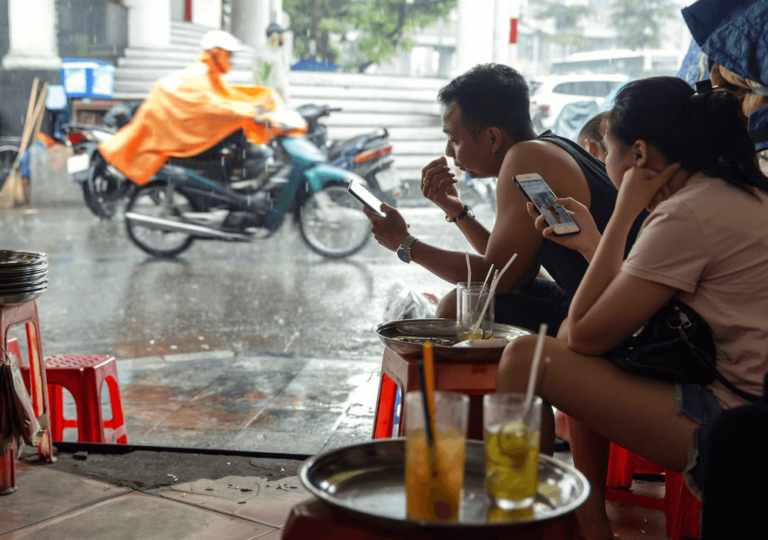
Vietnam's new internet law enforces strict surveillance and censorship, mirroring China's authoritarian model of governance
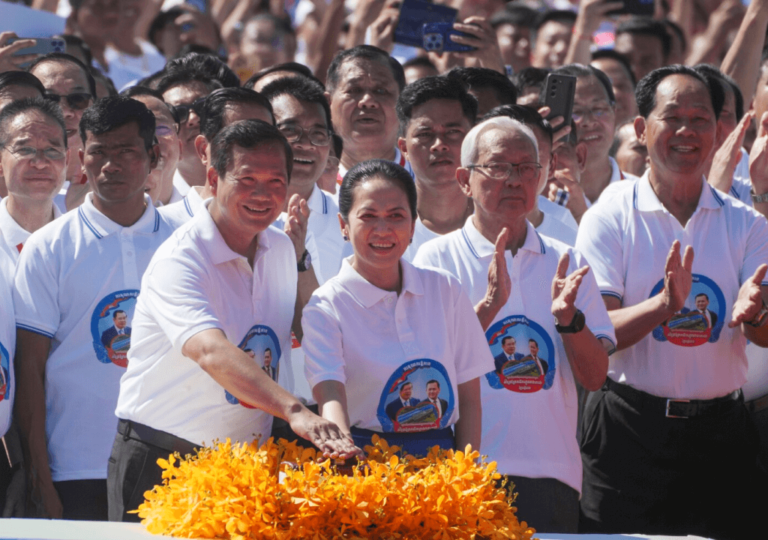
Cambodia's rising anti-Vietnamese sentiment is fueled by historical grievances and current border disputes, leading to protests and political tensions
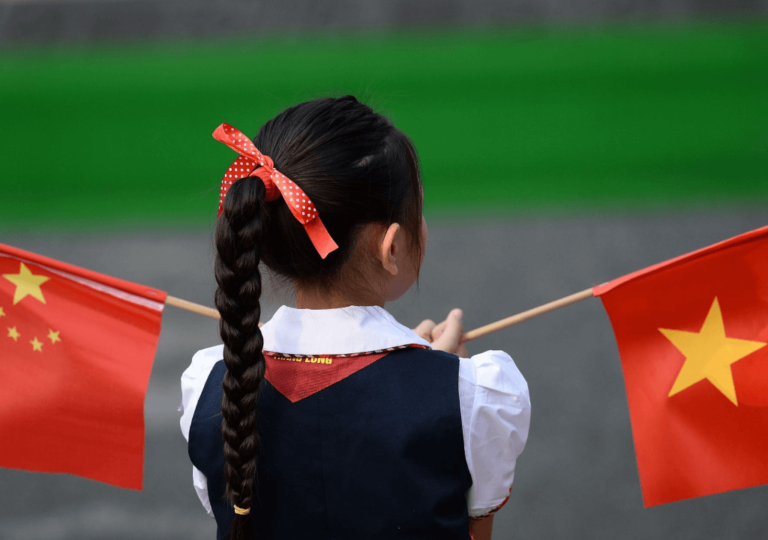
China and Vietnam are strengthening ties, with Vietnam's new leader prioritizing relations during his recent visit to China
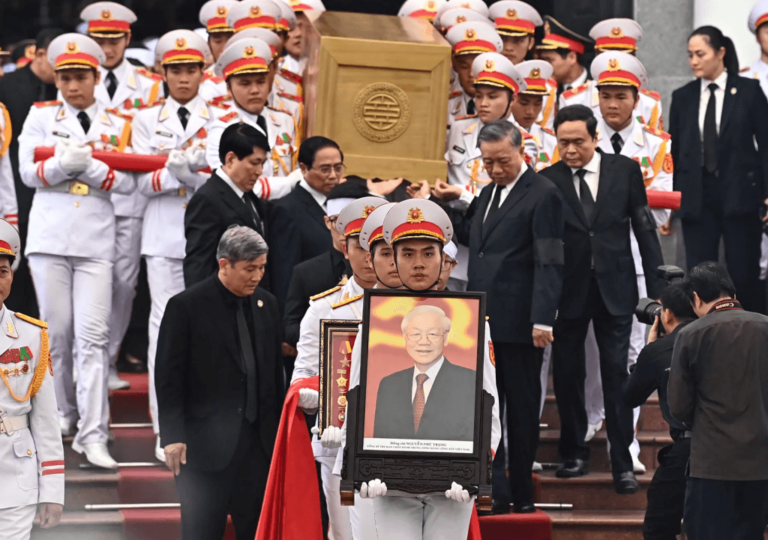
Nguyen Phu Trong, Vietnam's most powerful leader in decades, dies at 80, ushering in a new era of uncertainty and potential succession crisis in Vietnamese politics